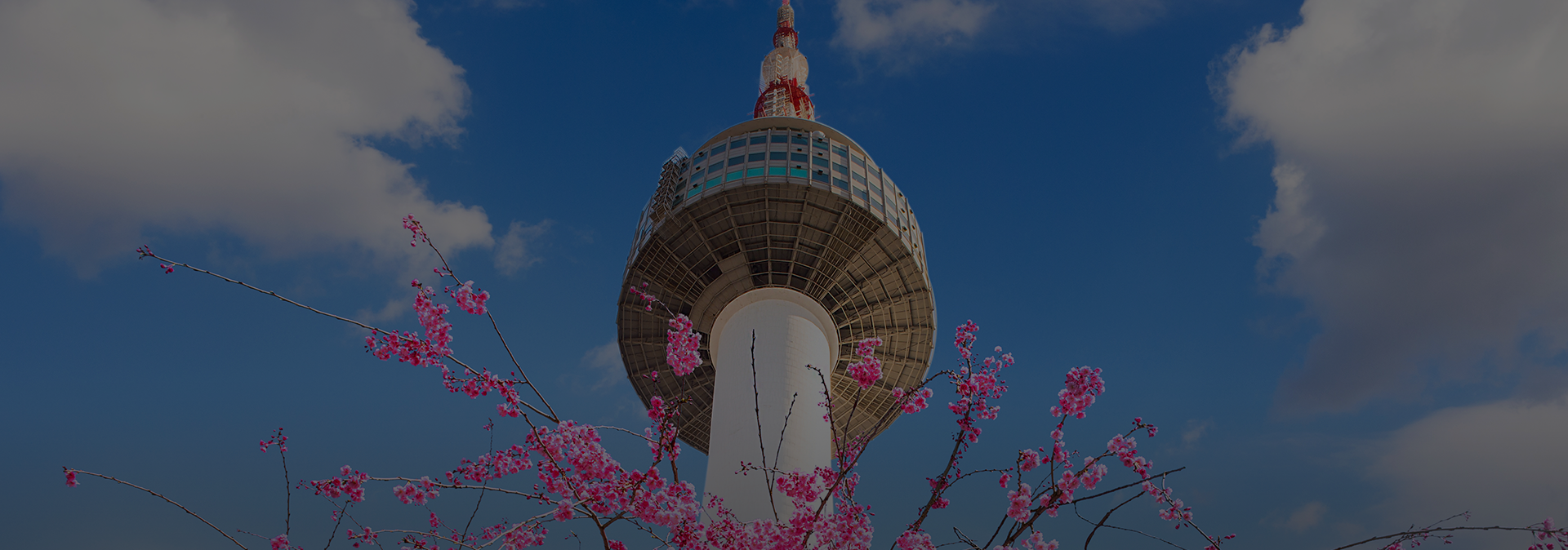
Seoul Destination
Seosomun History Park(Seosomun Shrine History Museum)
Information on Seoul Danurim Accessible Tourism
Basic Information
Overview
The intersection outside of Seosemum used to be a place to execute the death of prisoners in the Joseon Dynasty. Near the end of the Joseon Dynasty, this was where leaders and soldiers of the Donghak Peasant Movement have all be headed as well as 99 catholic believers from the mass Catholic Persecution in 1801 and 1866. Seoul Metropolitan Government built park on this historic site in 1973 and underwent renovation in 2019 to include 4 basement levels and 1 ground level and reopened as Seosomum Historical Park.
Attractions
The park is located on the outside and the Seosomun Shrine History Museum is in the basement levels of the park. The park has a memorial tower named Hyeonyang Tower in commemoration of Catholic martyrs. It also has historical places such as Ddukke Well where executioners used to drink water and wash their swords. The lost Manchocheon streem and waterways were reborn. An installation art named ‘Homeless Jesus’ made by sculptor Timothy Schmalz also stands in the park which expresses Jesus as a homeless man sleeping with a thin blanket over his face. There are 45 different kinds of tree including pine tree, oak tree, and rose as well as 33 kinds of herbaceous plants such as pink muhly, calamus, and silver grass. The museum undergrown displays Catholic relics and historical records of the Joseon Dynasty. On B1, there is St. Chong Hasang Memorial Chapel, a library, and a cafe. On B2 and B3, there are Sky Plaza and exhibition halls to commemorate martyrs.
Accessibility
The entryway to the park is wide enough. There is a gentle slope. The main entrance to the museum located in the park is wide, has no steps or slopes, and has automatic doors. Overall, the inside floor surface is flat. There are information desks and signboards around the area and wheelchairs and strollers can be rented. The accessible elevator is wide enough for wheelchair users. There are parking facilities for persons with disabilities, accessible restrooms, and a diaper changing station installed inside the accessible restrooms.
5, Chilpae-ro, Jung-gu, Seoul, Korea
(Museum operated 9:30 - 17:30)
-
Entryway and Main entranceEasy to access for wheelchair user and has a tactile paving.
-
-
Guide map and information deskInformation desk is accessible for wheelchair users.
-
-
ElevatorElevator is spacious and the entrance is wide enough
-
-
Accessible RestroomAccessible Restroom is installed. Emergency call button and diaper changing station is eqquiped
-
-
Parking lotsAccessible parking lots for persons with disabilities are installed.
-
-
Diaper changing stationThere is a diaper changing station in accessible restroom
-


